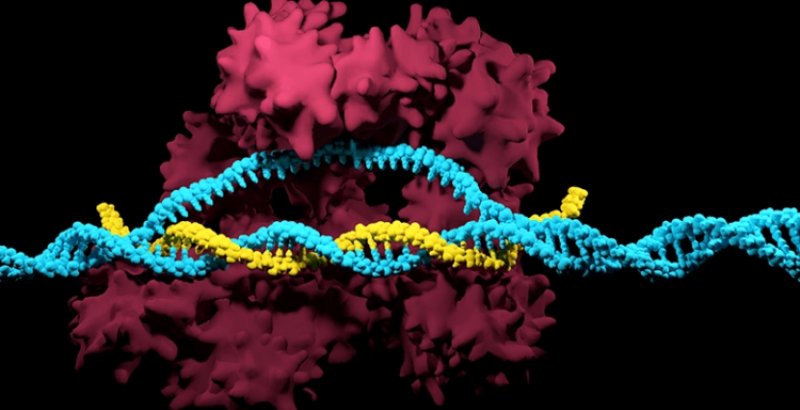In July, an HIV-positive man became the first volunteer in a clinical trial aimed at using Crispr gene editing to snip the AIDS-causing virus out of his cells. For an hour, he was hooked up to an IV bag that pumped the experimental treatment directly into his bloodstream. The one-time infusion is designed to carry the gene-editing tools to the man’s infected cells to clear the virus.
Later this month, the volunteer will stop taking the antiretroviral drugs he’s been on to keep the virus at undetectable levels. Then, investigators will wait 12 weeks to see if the virus rebounds. If not, they’ll consider the experiment a success. “What we’re trying to do is return the cell to a near-normal state,” says Daniel Dornbusch, CEO of Excision BioTherapeutics, the San Francisco-based biotech company that’s running the trial.
Crispr is being used in several other studies to treat a handful of conditions that arise from genetic mutations. In those cases, scientists are using Crispr to edit peoples’ own cells. But for the HIV trial, Excision researchers are turning the gene-editing tool against the virus. The Crispr infusion contains gene-editing molecules that target two regions in the HIV genome important for viral replication. The virus can only reproduce if it’s fully intact, so Crispr disrupts that process by cutting out chunks of the genome.































